Choosing the right dog muzzle size is essential for comfort, safety, and effectiveness. Proper fit ensures your dog can breathe and move naturally while preventing unwanted behaviors. This guide helps you measure accurately and select the perfect muzzle size for your dog.
Why Proper Muzzle Size Matters
A properly sized muzzle is crucial for your dog’s comfort, safety, and effectiveness in preventing unwanted behaviors. A muzzle that is too tight can cause discomfort, restricted breathing, or even skin irritation, while one that is too loose may not serve its intended purpose. Proper sizing ensures your dog can pant, drink water, and receive treats when needed, making training and behavior management more effective. Additionally, a well-fitted muzzle reduces the risk of your dog dislodging it during use. For reactive dogs or those requiring calm, accurate sizing is key to maintaining their well-being while addressing behavioral issues. Neglecting proper fit can lead to stress or anxiety, undermining the muzzle’s effectiveness. Always prioritize precise measurements and refer to size charts to ensure the muzzle balances security with comfort.
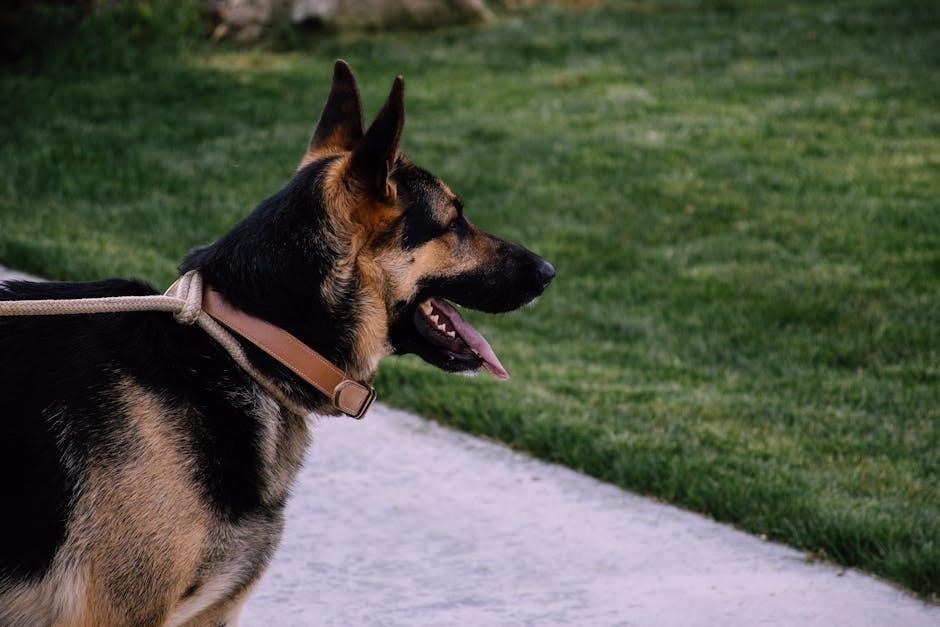
Understanding Key Measurements for Dog Muzzles
Snout length and circumference are the primary measurements for sizing. The muzzle should be 1/2 inch longer than the dog’s snout length, with a 1 cm gap between the muzzle and nose for comfort and security.
Snout Length: How to Measure Accurately
Measuring your dog’s snout length accurately is crucial for selecting the right muzzle size. Use a flexible measuring tape or ruler and place it along the bridge of your dog’s snout, starting just below the eyes and extending to the tip of the nose. Ensure the tape is held snugly but not too tightly to avoid discomfort. The ideal muzzle length should be 1/2 inch longer than your dog’s actual snout length to allow for proper fit and comfort. For accuracy, take multiple measurements and average them. This ensures the muzzle is neither too tight nor too loose, promoting your dog’s ability to breathe and move naturally. Accurate snout length measurement is the foundation for a comfortable and functional muzzle fit.
Snout Circumference: Importance and Measurement Tips
Snout circumference is a critical measurement for ensuring a comfortable and secure muzzle fit. To measure accurately, wrap a flexible measuring tape around the widest part of your dog’s snout, typically just below the eyes. Ensure the tape is level and not twisted. The circumference measurement helps determine the appropriate width of the muzzle, preventing it from being too tight or slipping off; A proper fit allows for about 1 cm of space between the muzzle and your dog’s nose. For optimal comfort, the muzzle should neither constrict breathing nor move excessively. Taking multiple measurements and consulting a size chart will help you find the perfect fit. This ensures your dog can wear the muzzle comfortably, making it an effective tool for training or managing reactivity.
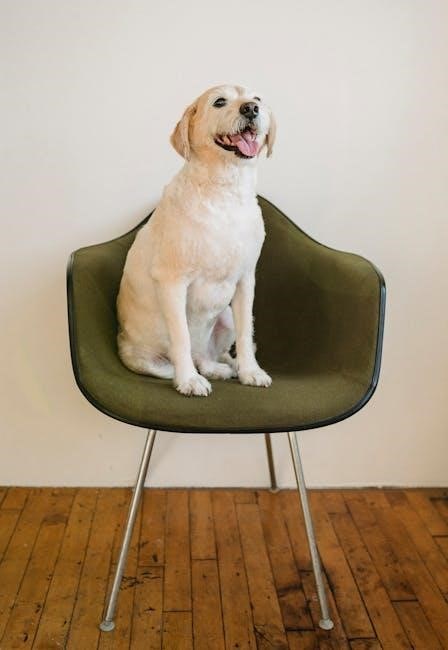
How to Choose the Right Muzzle Size
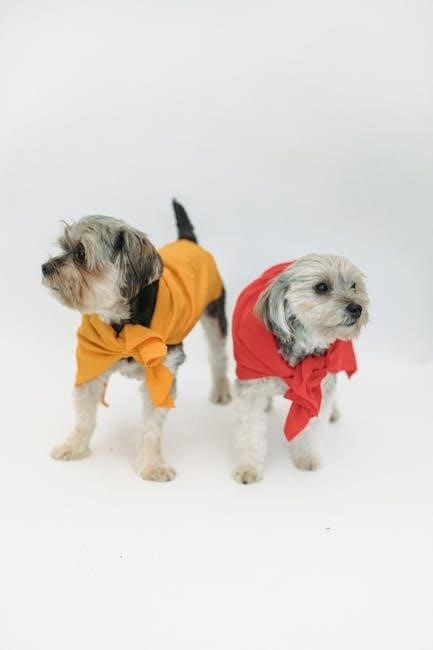
Measure your dog’s snout length and circumference accurately. Match these measurements to the size chart provided by the manufacturer. Consider your dog’s breed and specific needs to ensure a comfortable, secure fit that allows for easy breathing and movement.
Matching Your Dog’s Measurements to the Size Chart
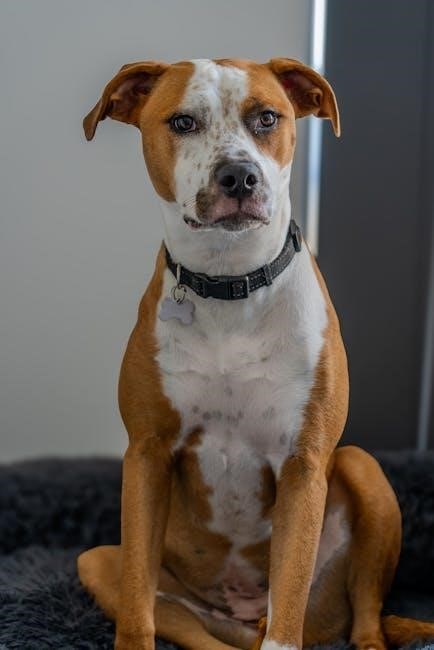
Once you have accurately measured your dog’s snout length and circumference, compare these measurements to the manufacturer’s size chart. Ensure the muzzle length is about 1/2 inch longer than your dog’s snout length for optimal comfort. The circumference should fit snugly but not too tight, allowing for easy breathing. Refer to the chart to find the size that best aligns with your dog’s dimensions. If your measurements fall between sizes, consider the next size up to ensure adequate space. Proper alignment ensures the muzzle is neither too restrictive nor too loose, providing a balance of comfort and security. Always double-check the fit to guarantee your dog can move naturally and breathe effortlessly while wearing the muzzle.
Breed-Specific Considerations for Muzzle Size
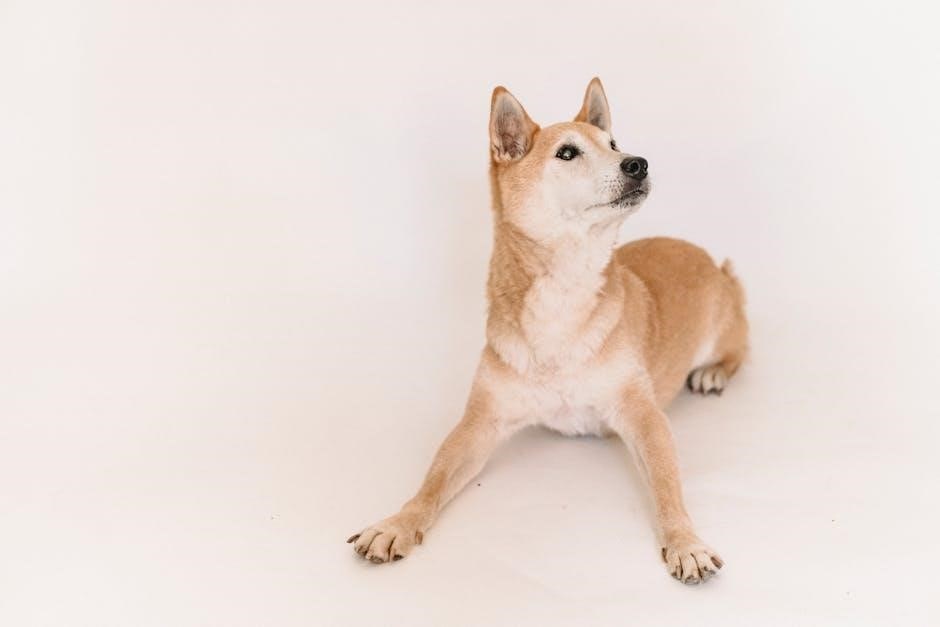
Certain dog breeds have distinct muzzle shapes and sizes, requiring tailored considerations; For example, brachycephalic breeds like Bulldogs and Pugs have shorter, flatter snouts, needing muzzles with extra room for comfort. Conversely, breeds with long, narrow snouts, such as Greyhounds or Whippets, require muzzles that accommodate their extended snout length without restricting movement. Some breeds, like Pit Bulls, may need sturdier muzzles due to their broad snout width. Always consult breed-specific guidelines to ensure the best fit. Measure carefully and match your dog’s unique dimensions to the size chart, adjusting as needed for their breed’s characteristics. Proper fit ensures comfort and effectiveness, regardless of breed or muzzle type.
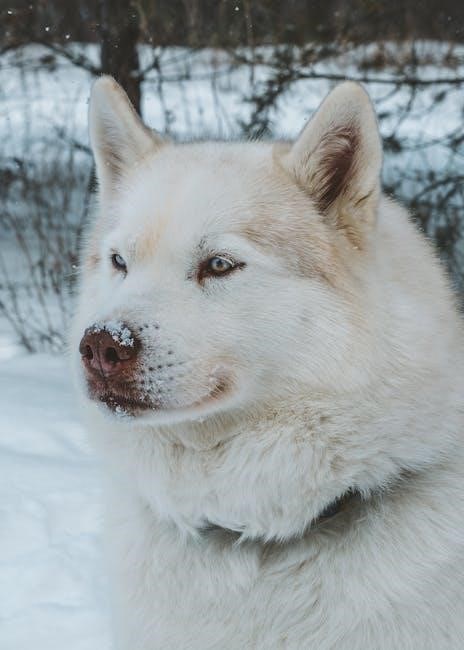
Ensuring a Proper Fit
Ensure a proper fit by checking the gap between muzzle and nose, adjusting straps for comfort, and verifying the muzzle allows for panting and movement without being too restrictive or loose.
Checking for the Right Gap Between Muzzle and Nose
Ensuring the correct gap between the muzzle and your dog’s nose is crucial for comfort and functionality. The muzzle should allow for proper breathing and panting while preventing unwanted behaviors. A general rule is to leave about 1 cm of space between the muzzle and the tip of your dog’s nose. This gap ensures your dog can move their nose slightly without feeling restricted. If the gap is too large, the muzzle may not be effective, while a gap that’s too small can cause discomfort or even restrict breathing. To check the fit, gently press the muzzle forward and ensure there’s enough room for your dog’s nose to move naturally. Additionally, the muzzle should not rub against the nose or cause irritation. Adjust the straps as needed to achieve this balance, ensuring your dog can wear the muzzle comfortably for extended periods. Proper alignment and gap maintenance are key to a stress-free experience for your dog.
Adjusting the Muzzle for Comfort and Security
Adjusting the muzzle correctly is vital to ensure both comfort and security for your dog. Start by placing the muzzle on your dog and checking the fit. The straps should be snug but not too tight, allowing for about one finger’s width between the straps and your dog’s skin. Tightening the muzzle too much can cause discomfort or restrict movement, while a loose fit may compromise its effectiveness. Pay special attention to the area around the nose and eyes to ensure there’s no rubbing or irritation. If the muzzle has adjustable straps, use them to fine-tune the fit, making sure the muzzle stays in place without applying excessive pressure. It’s also important to monitor your dog’s behavior during the adjustment process, as they may indicate discomfort or stress through body language. Regular checks and adjustments will help maintain a secure and comfortable fit, ensuring your dog stays calm and cooperative during use.
Finding the perfect muzzle size for your dog is a crucial step in ensuring their comfort and safety. By accurately measuring your dog’s snout length and circumference, and matching these to a reliable size chart, you can select a muzzle that fits securely without causing discomfort. Proper fit allows your dog to breathe naturally and prevents unwanted behaviors while providing peace of mind for both you and your pet. Regular adjustments may be necessary to accommodate changes in your dog’s size or shape, especially for growing puppies. Remember, a well-fitted muzzle is not only effective but also humane, promoting a positive experience for your dog. With patience and attention to detail, you can ensure your dog feels comfortable and secure in their muzzle, making it a valuable tool for training, vet visits, or reactive situations.